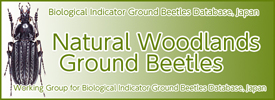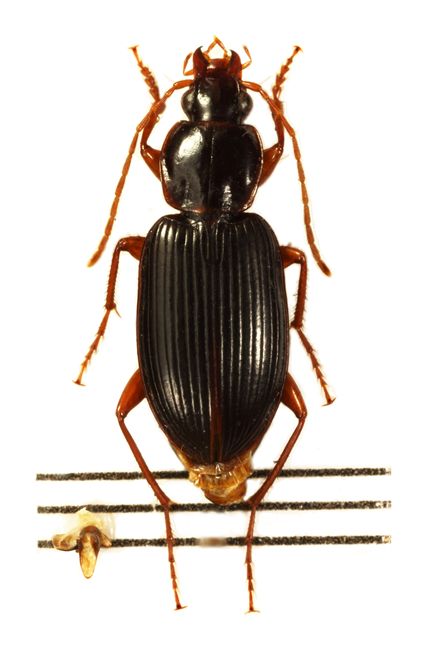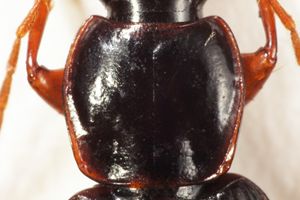| Ecology |
They prefer relatively stable environment in artificial disturbed paddy levee (Lee et al. 2008), from flatland to low mountain (Kasahara and Nishiyama 1990), forest adjoinig agroecosystems (Yahiro et al. 1990), paddy field (Yahiro et al. 1992), riverbed (Ishitani et al. 1997, Lee and Ishii 2009), forest (Siddiquee and Nakamura 2004, Suttiprapan and Nakamura 2007), vegetable field (Siddiquee and Nakamura 2004), silvicolous (Ishitani 1996), secondary forest of Alnus sieboldiana (Ishitani 1996), secondary forest of Pinus densiflora (Ishitani 1996), broad leaved forest (Matsumoto 2005, Matsumoto 2008, Matsumoto 2009a), Cryptomeria japonica forest (Hiramatsu 2004), upland field (Hiramatsu 2004), coppice forest (Matsumoto 2005, Matsumoto 2008, Kagawa 2008, Matsumoto 2009a), suburban forest (Fujita et al. 2008), urban forest (Fujita et al. 2008), orchard (Kagawa 2008), paddy field (Lee et al. 2008, Lee and Ishii 2009), urban park (Lee and Ishii 2009), Satoyama forest (Lee and Ishii 2009, Suzuki and Sakuratani 2010), grassland (Suzuki and Sakuratani 2010), adult or larva (Ishitani 1996), from September to October (Ishitani 1996), carnivorous (Ishitani 1996), proovigenic type (Ishitani 1996) |
| Remarks |
Pristodactyla dulcigrada Bates, 1873, Trans. Ent. Soc. Lond.: 273-274 (Japan: “Hiogo; Nagasaki”) (Habu 1978e), Pristodactyla dulcigrada Bates, Pristodactyla crocata Bates, Calathus dulcigradus Bates, Semenovia? dulcigrada Bates, Calathus (Pristodactyla) dulcigradus Bates, Synuchus dulcigradus Bates, Synuchus (Pristodactyla) dulcigradus Bates (Habu 1978e) |
 |
| 






